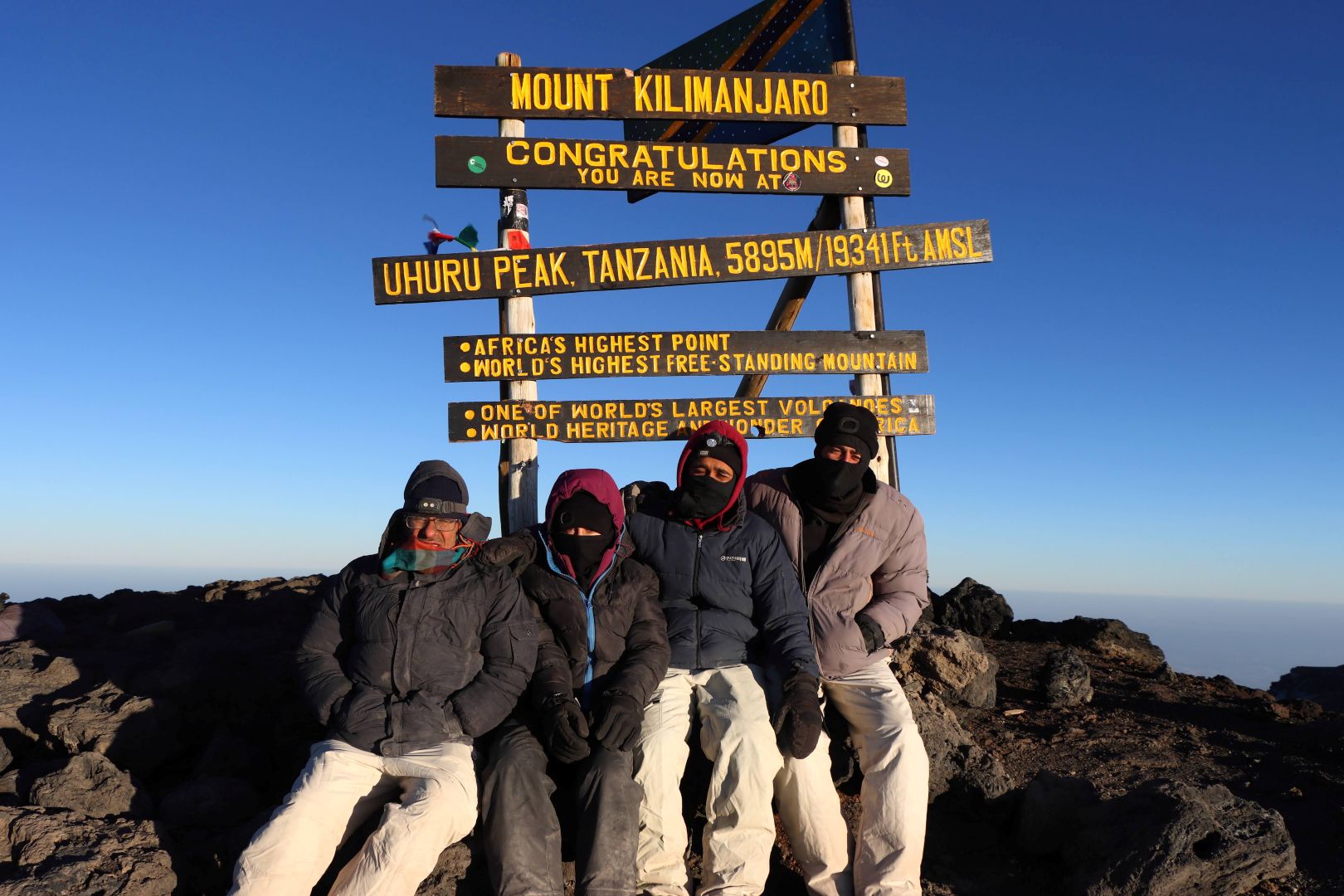
Best Time to Climb Kilimanjaro: A Guide by Serengeti Wildlife Safaris in 2025/2026
Mount Kilimanjaro, Africa’s tallest mountain and the world’s highest free-standing peak, offers a once-in-a-lifetime adventure for trekkers. Understanding the best time to climb Kilimanjaro is crucial for ensuring a safe and enjoyable experience. Serengeti Wildlife Safaris provides insights into Kilimanjaro’s climate, climbing seasons in 2025/2026, and what to expect in each zone.
Understanding Kilimanjaro’s Climate
Kilimanjaro’s unique geography creates five distinct climatic zones, ranging from lush rainforests to icy arctic conditions at the summit. The weather can shift dramatically, from sunshine to sudden rain or winds, making preparation vital. Despite its unpredictable nature, in 2025/2026 knowing the best months to climb Kilimanjaro will improve your chances of a successful summit.
Kilimanjaro’s Seasons
Mount Kilimanjaro is located near the equator, so its climate is defined by wet and dry seasons rather than the typical four seasons found elsewhere.
Wet Seasons
- April to May: Heavy rainfall makes trails muddy and slippery, creating challenging climbing conditions.
- November: Short rains occur, with frequent cloud cover and less favorable trekking conditions.
Dry Seasons
- June to October: Known as the long dry season, these months are the most popular for climbing Kilimanjaro. The weather is generally stable, and the skies are clear.
- December to February: Another excellent time to climb, with slightly warmer temperatures and fewer crowds compared to the mid-year peak season.
Primary Climbing Seasons
1. July to October
- Advantages:
- Stable, dry weather.
- Clear skies for stunning views of Kilimanjaro and the surrounding landscapes.
- The peak season for climbers, making it lively but more crowded.
- Ideal For: Climbers who prefer the best weather conditions and don’t mind a busy trail.
2. December to February
- Advantages:
- Warmer temperatures.
- Favorable weather with occasional short rains.
- A festive atmosphere due to holiday season climbers.
- Ideal For: Those seeking great weather but slightly smaller crowds compared to the mid-year season.
Secondary Climbing Seasons
1. March to June (Long Rains)
- Challenges:
- High rainfall makes trails muddy and slippery, increasing risks.
- Poor visibility due to heavy clouds.
- Best For Experienced climbers looking for solitude and willing to face unpredictable conditions.
2. November (Short Rains)
- Challenges:
- Trails may be wet and more challenging to navigate.
- Cloud cover reduces visibility.
- Best For: Adventurers seeking quieter trails during a less popular climbing period.
Temperature Zones on Kilimanjaro
Mount Kilimanjaro’s ascent passes through five climate zones, each with unique conditions. Understanding these zones helps with packing and preparation.
1. Rainforest Zone (800m–3000m)
- Temperature: 12–15°C (54–59°F).
- Description: Warm, humid, and lush with dense vegetation. This zone is the starting point of most climbs.
2. Moorland Zone (3000m–4000m)
- Temperature: 5–10°C (41–50°F).
- Description: Semi-arid with sparse vegetation, offering dramatic views of the mountain.
3. Alpine Desert Zone (4000m–5000m)
- Temperature: Around 0°C (32°F).
- Description: Harsh and barren, with strong sun during the day and freezing temperatures at night.
4. Arctic Zone (Summit, above 5000m)
- Temperature: -6°C (21°F) on average, dropping to -20°C (-4°F) at night.
- Description: Icy winds and extreme cold make this the most challenging zone. Climbers typically begin their summit attempt at midnight to reach Uhuru Peak by sunrise.
Best Months to Climb Kilimanjaro
The optimal months for climbing Kilimanjaro are:
- July to October: Ideal for dry weather, stunning views, and stable conditions.
- December to February: Offers warmer temperatures and fewer crowds than mid-year climbs.
Tips for Planning Your Kilimanjaro Climb
- Choose the Right Season: Plan your trek during the primary climbing seasons (July-October or December-February) for the best conditions.
- Prepare for All Weather: Even in the dry season, temperatures vary greatly across zones, so pack layers and waterproof gear.
- Book Early: The high season fills up quickly, so secure your spot with a trusted operator like Serengeti Wildlife Safaris.
- Stay Informed: Monitor weather updates and trail conditions, especially if climbing during the wet season.
Why Choose Serengeti Wildlife Safaris?
Serengeti Wildlife Safaris provides expert-guided Kilimanjaro climbs tailored to your preferences and abilities. With years of experience, our team ensures your safety and comfort while delivering an unforgettable adventure to the Roof of Africa.
Conclusion
The best time to climb Mount Kilimanjaro depends on your preference for weather, trail conditions, and crowd size. Whether you aim to summit during the clear skies of the dry season or the solitude of the wet season, proper preparation is essential. At Serengeti Wildlife Safaris, we help you plan every detail to ensure a safe, successful, and unforgettable Kilimanjaro adventure.
Start planning your climb today with Serengeti Wildlife Safaris!
